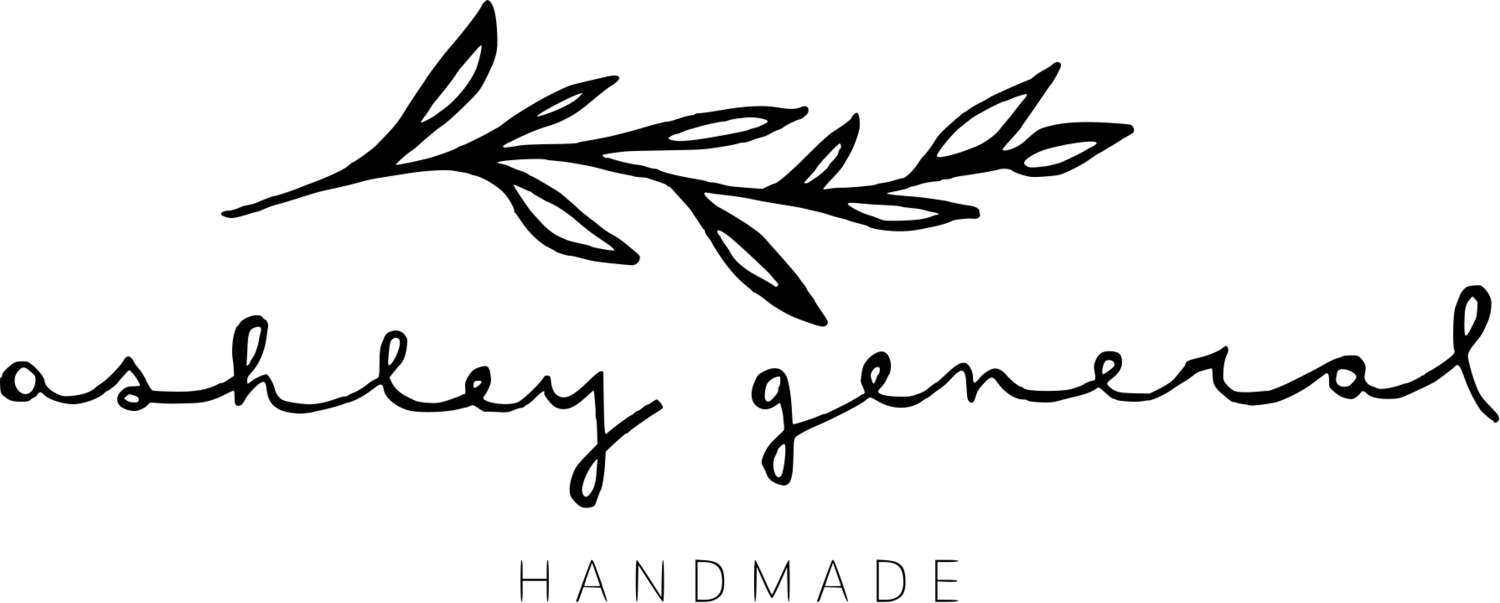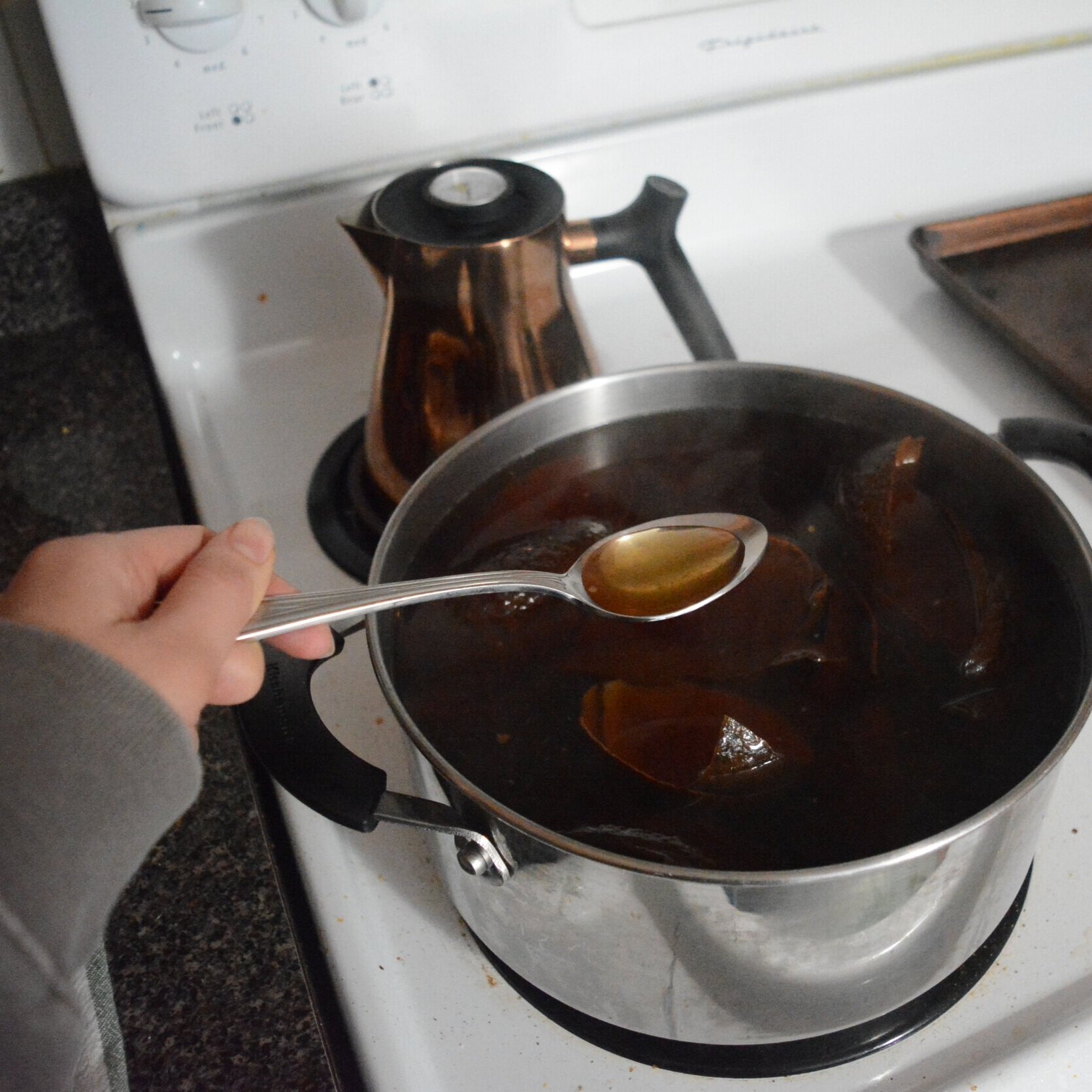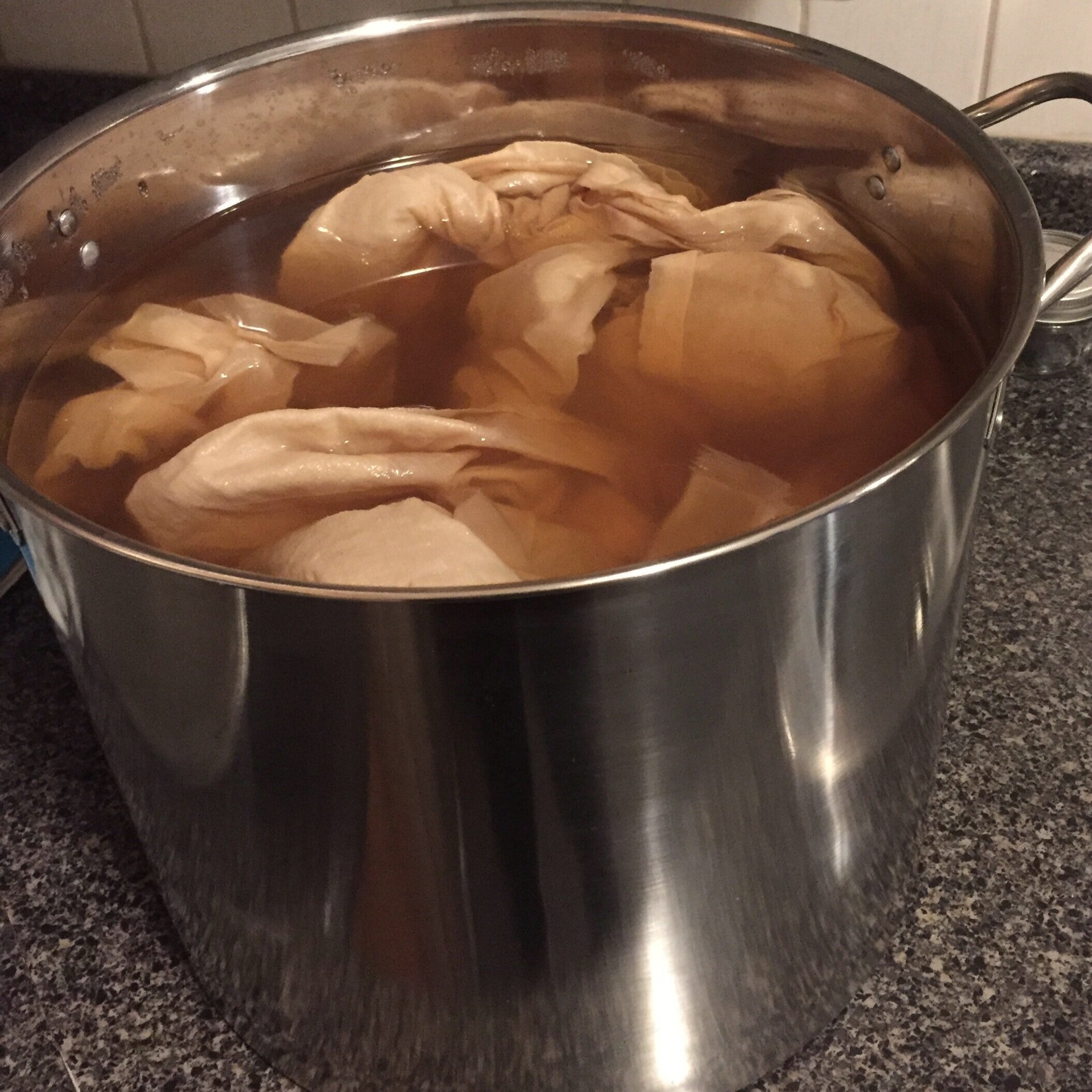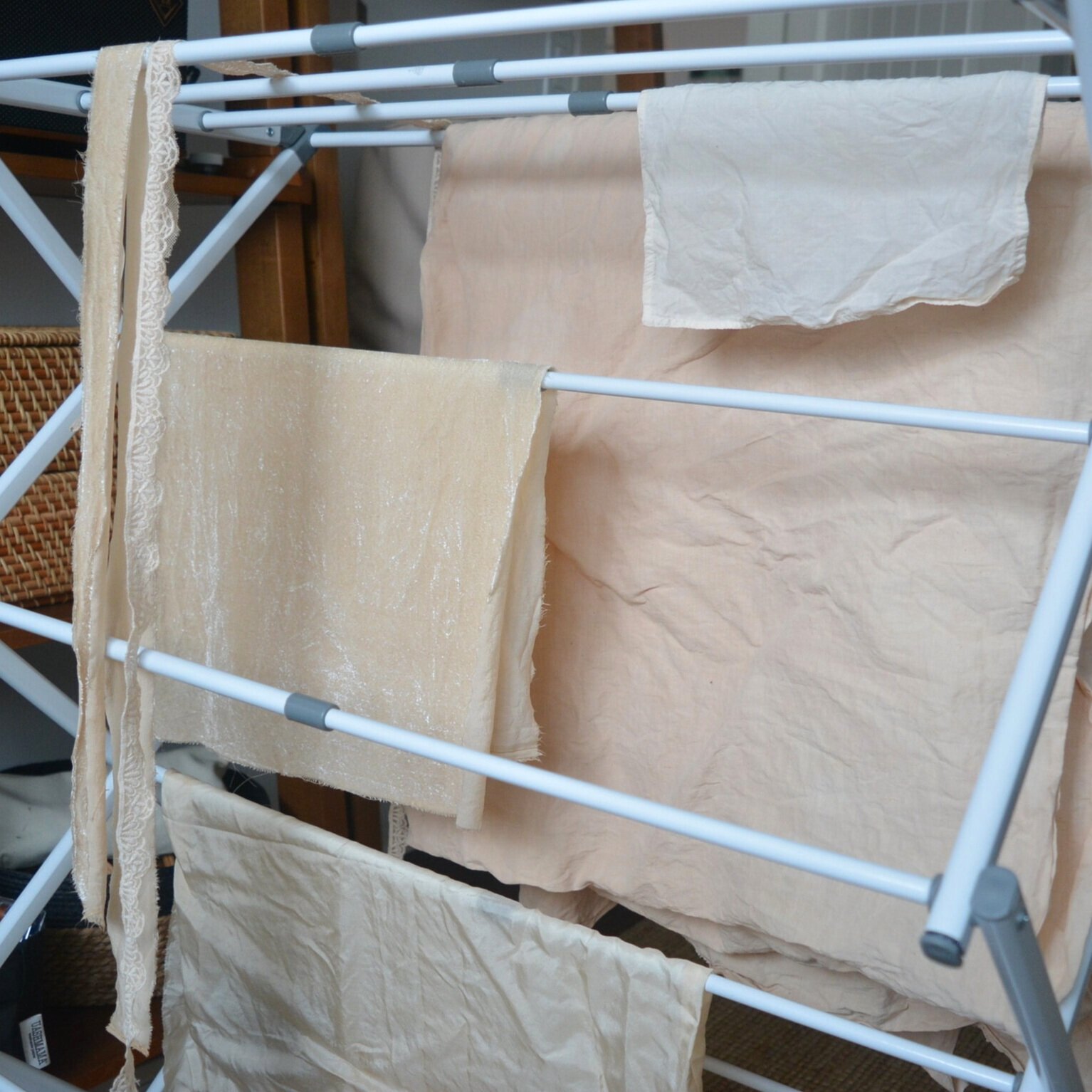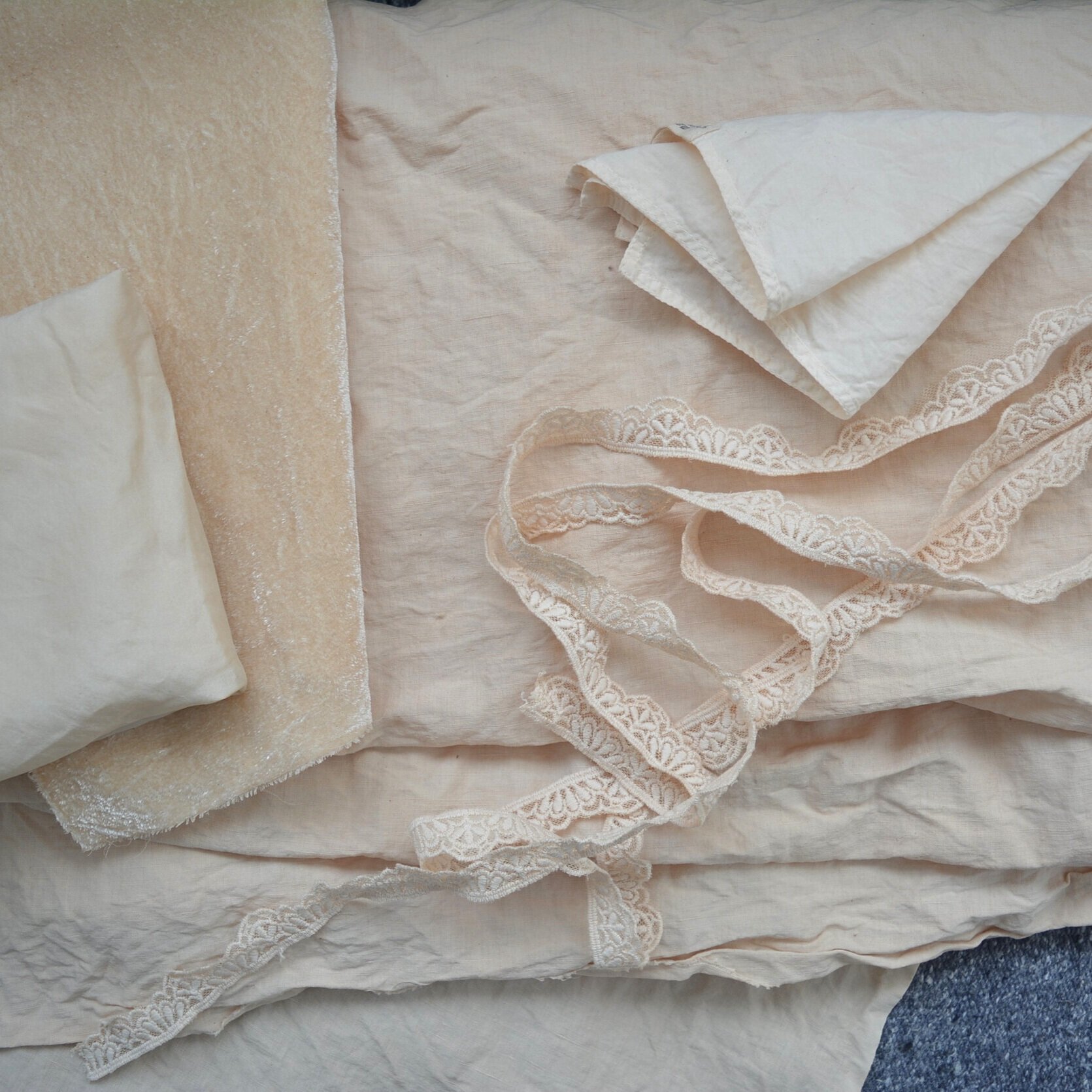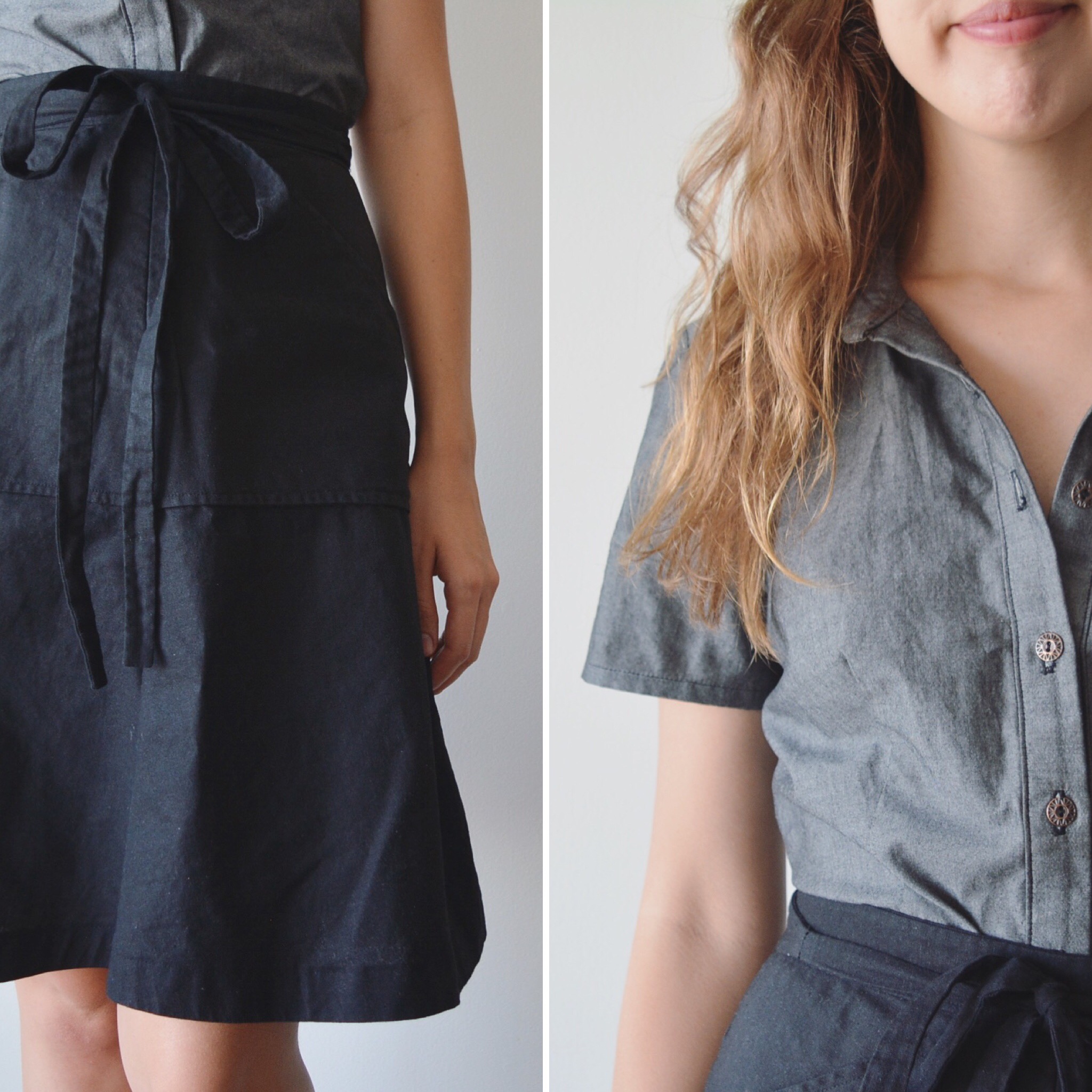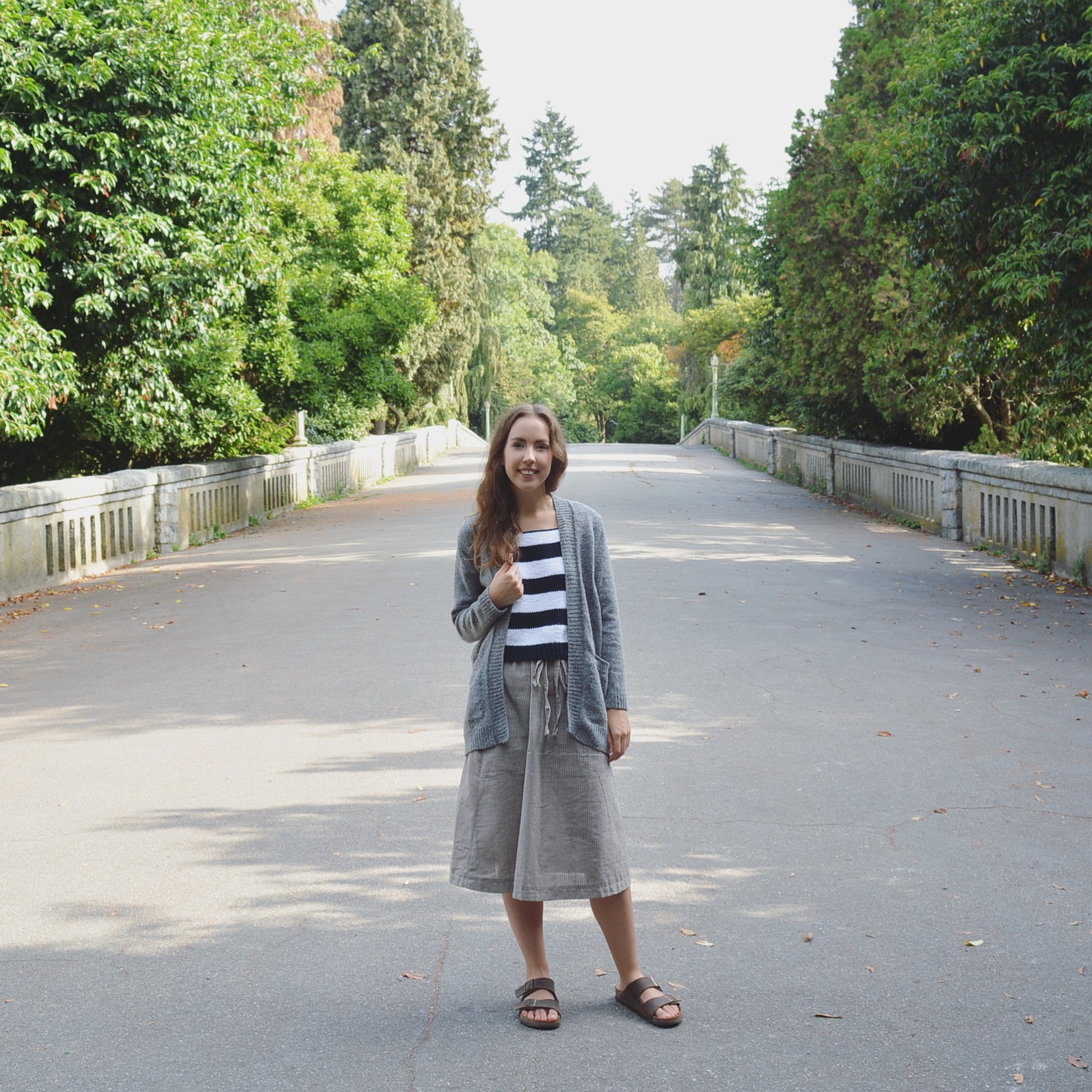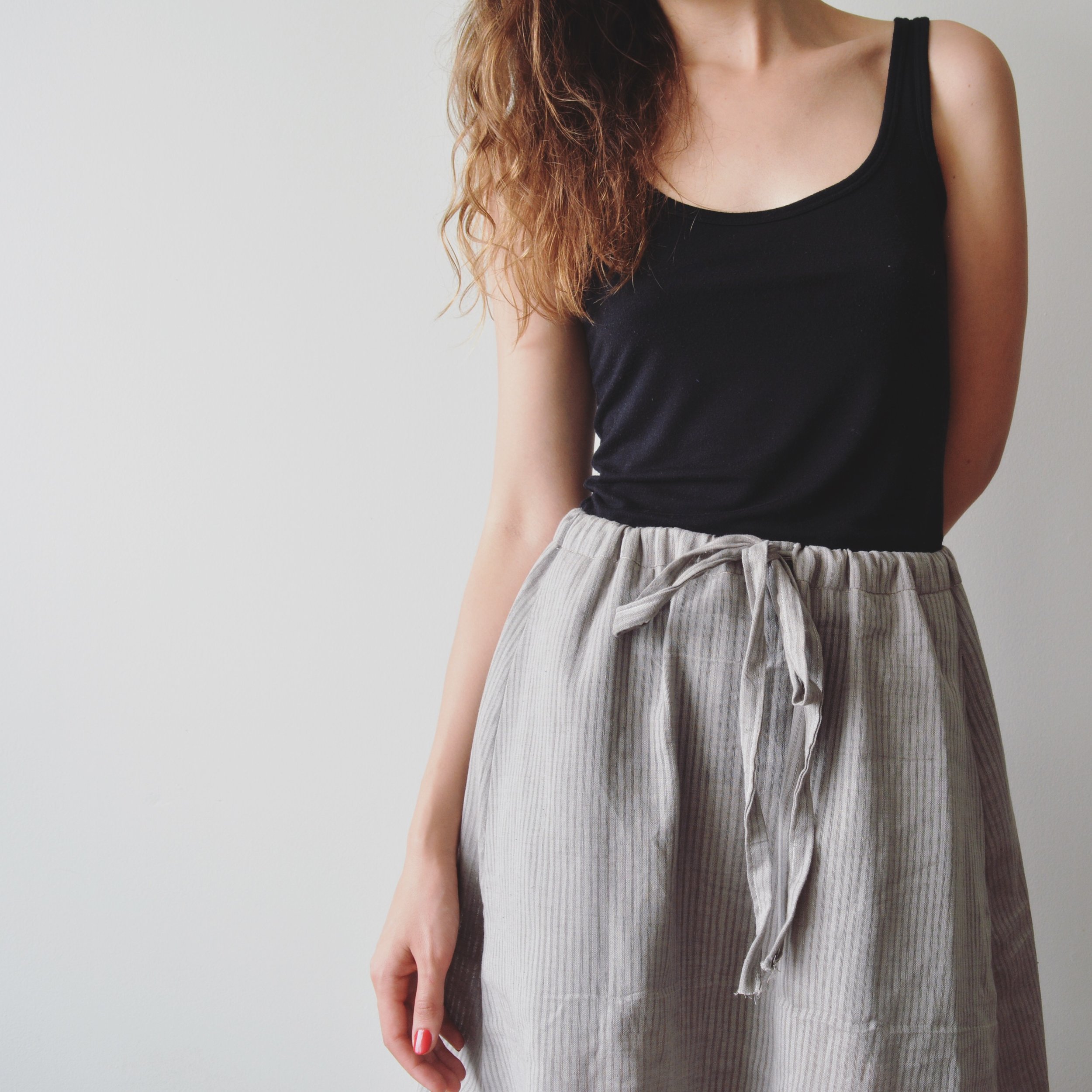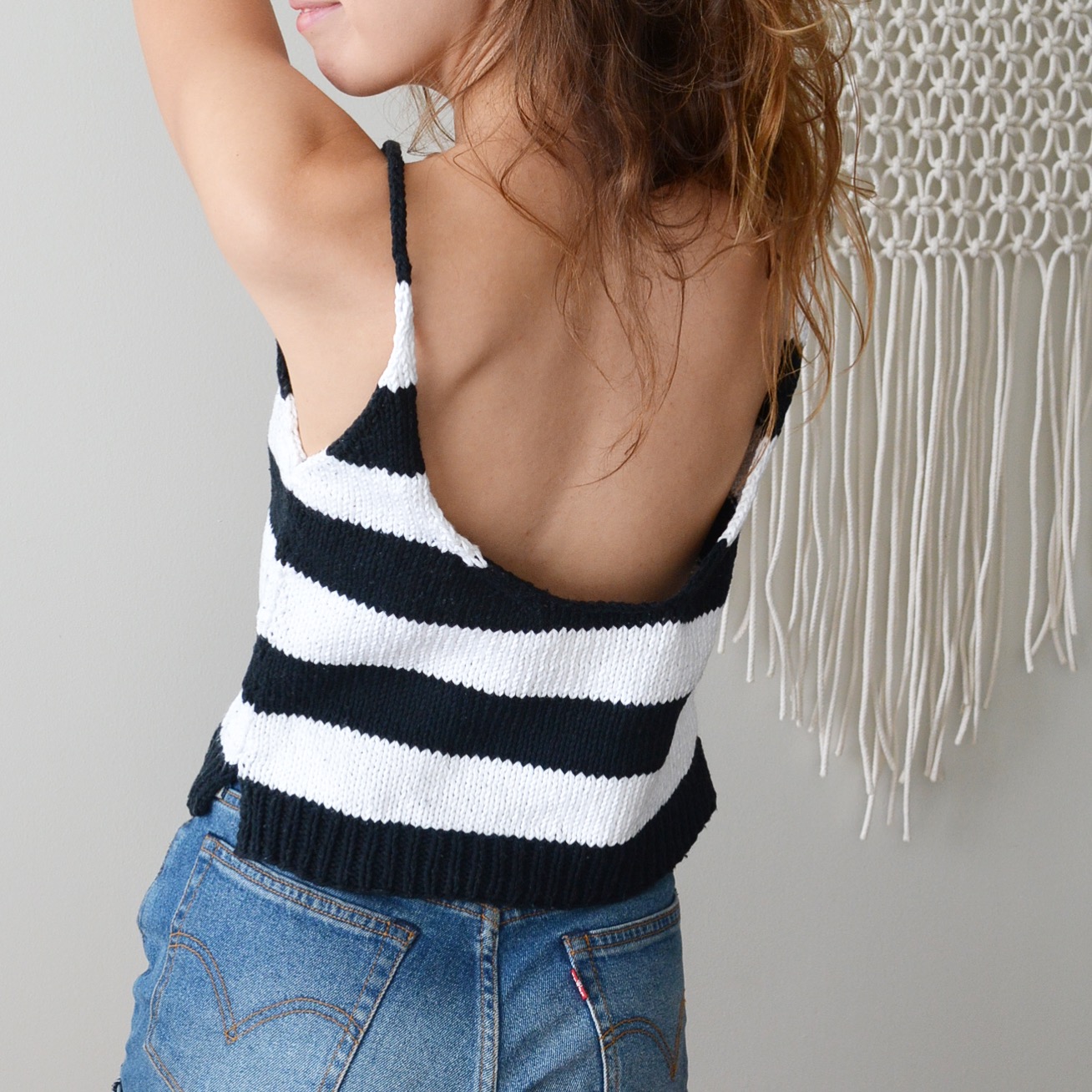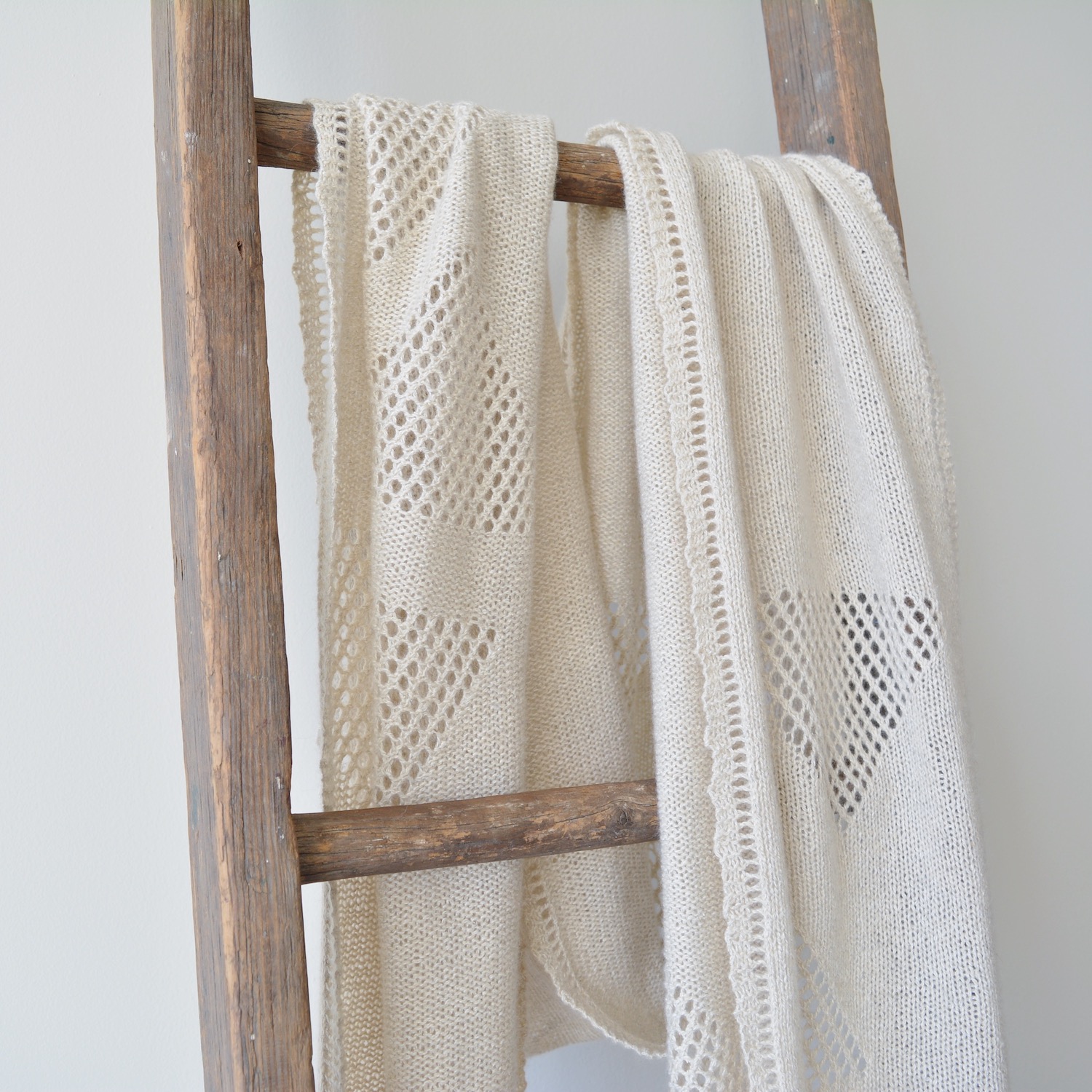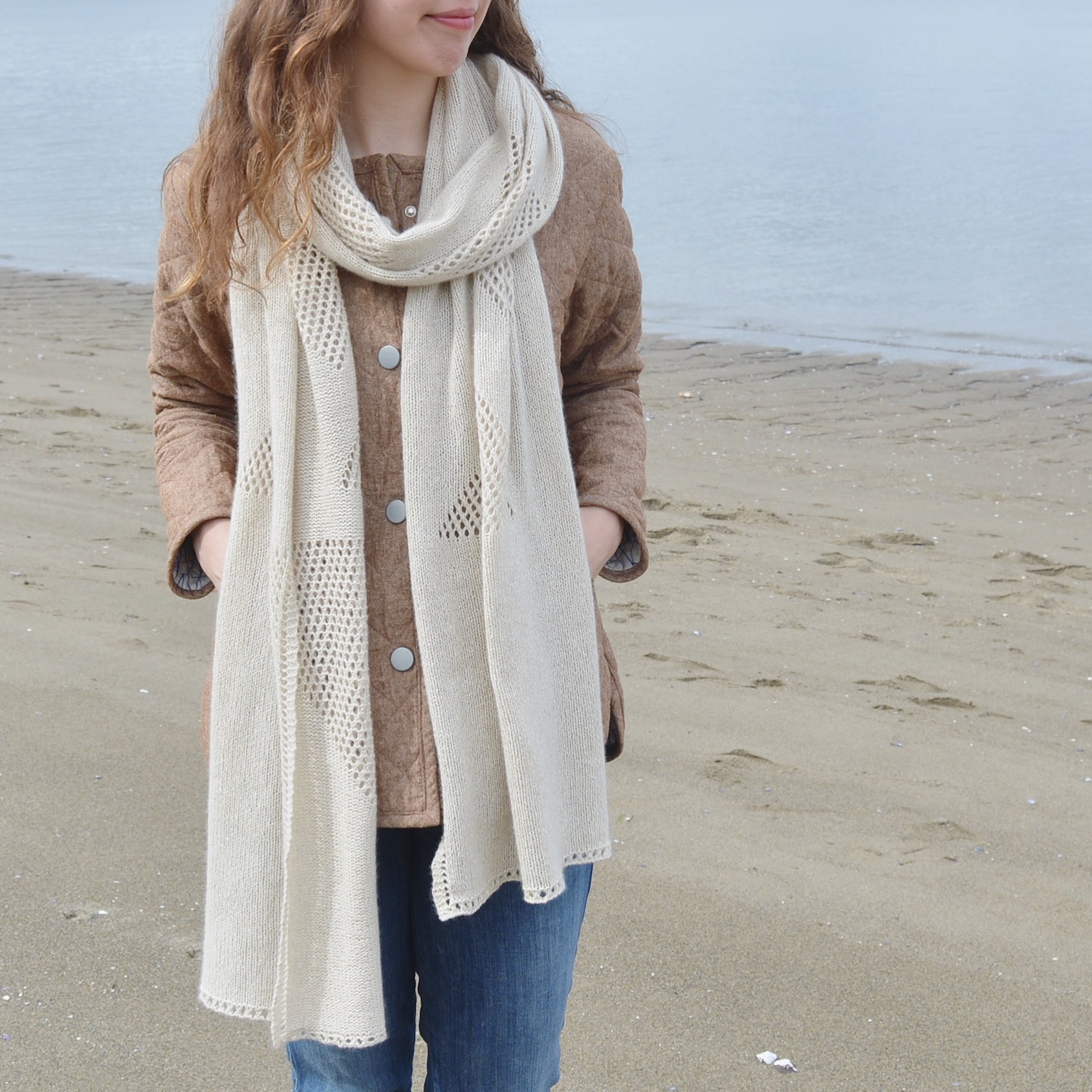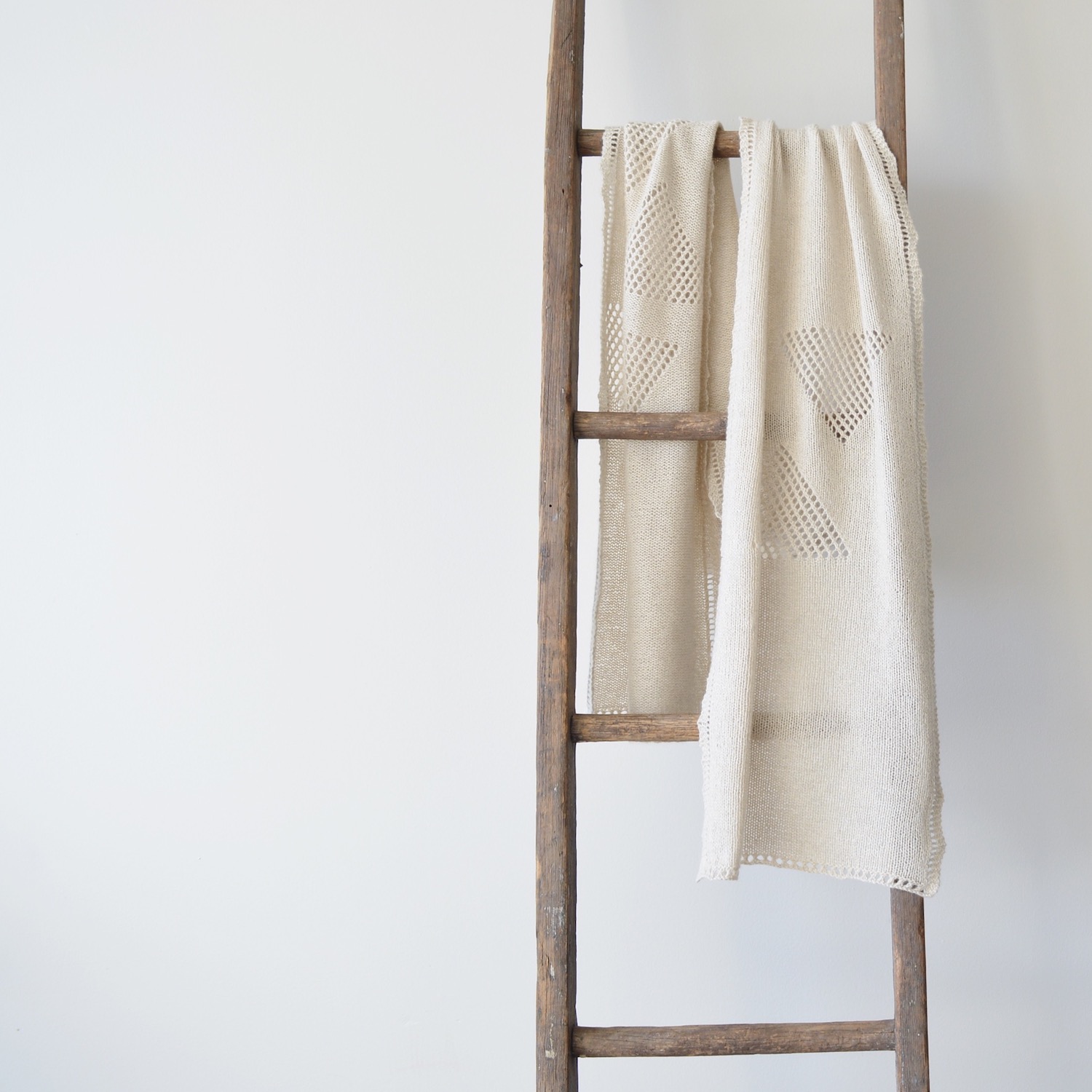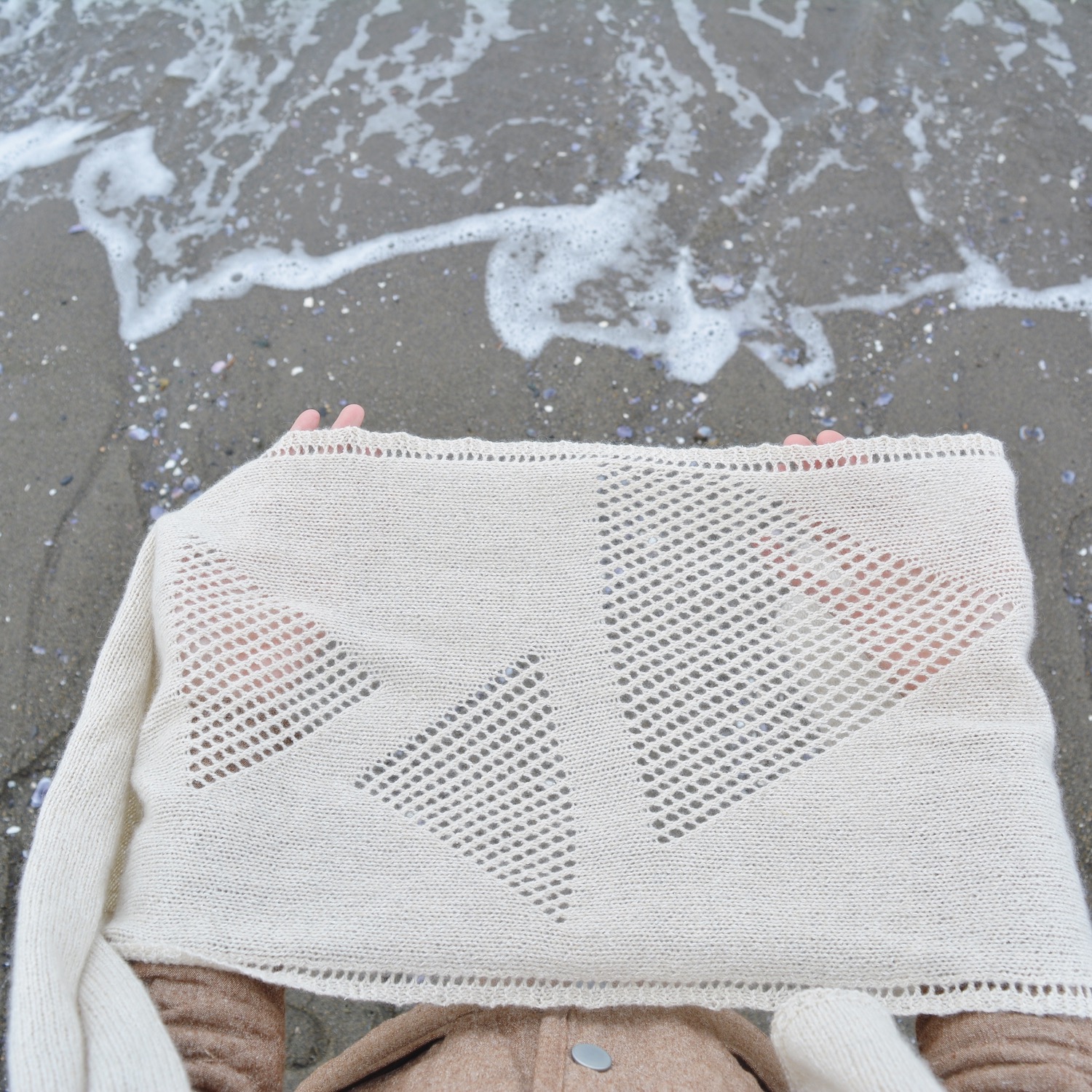Backing a Knit Scarf with Wool Fabric
/When I designed the Clayr Scarf, my intention was to create a wonderfully light and long airy scarf. It was a beautiful scarf, knit up in Shibui Knits Pebble, which is a blend of silk, merino wool, and cashmere. Although I loved the scarf, it has ended up sitting folded in a drawer for years, it just doesn't suit cold Canadian winters. I always find myself reaching for something warmer, so I thought I would put some time into making Clayr a scarf I reached for more often.
I decided to back (or 'line') Clayr with a woven wool fabric, which would give the scarf both structure and warmth. I chose a fairly heavy and dark wool, so that the lace triangles would be emphasized. To start I cut a piece of wool the size of the scarf (I ending up having to do a little bit of piecing to get a piece of fabric long enough).
The wool was a little too heavy to hem around the edges, so instead I used a linen tape to bind the edges. I hand stitched the linen tape along all 4 sides using a running stitch, which kept the bulk down compared to hemming. I chose to hand stitch this project because it gave me more control, and I was able to perfectly hide the stitches in the linen tape. I've also been wanting to get quicker at hand stitching with a thimble, and this project gave me lots of practice with that.
After binding the piece of wool, I whip stitched the knit scarf onto the wool backing, going around all 4 edges. Again I hand stitched this, which gave me a really clean finish. I blocked the scarf at this stage (essential!), and then tacked the two pieces together every couple of inches with some thread that blended in really well with the wool fabric. This gave an effect similar to double gauze fabric, which gives the scarf lots of body and structure, and keeps the layers lined up nicely.
This was a very tedious project, but relaxing to do in the evening with a cup of tea while watching movies. Of course I finished the scarf right in time for the first few days of spring, but alas, that's the way these handmade projects seem to go. Next winter this will be pulled out plenty!
